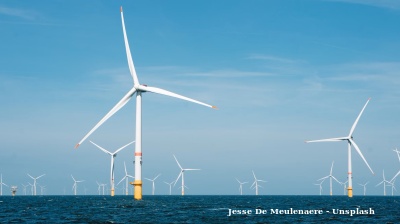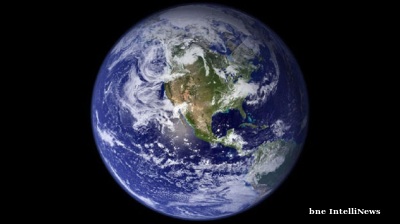Parts of both the Arctic and Antarctic have experienced historically high temperatures in recent weeks, with weather stations in East Antarctica recording record-breaking warmth for the month of October, alarming climate scientists and reinforcing warnings about accelerating polar warming.
On October 27, the Vostok research station in central East Antarctica registered a maximum temperature of –30.8°C, setting a new monthly high and breaking a record that had stood for just two days. The previous record, –32.2°C, was recorded on October 25. Nearby, the Concordia Station also reported an October temperature record of –28.9°C, according to climatologists tracking polar anomalies.
Vostok, located more than 1,000 kilometres from the coast and over 3,400 metres above sea level, is one of the coldest places on Earth. That a station known for some of the planet’s lowest temperatures is now breaking heat records, even in the negative Celsius range, highlights the accelerating Climate Crisis.
Temperature rises are now consistently well ahead of even the most pessimistic climate models. The 1.5°C-2°C targets set by the 2015 Paris Agreements have already been missed and the world is on track to see a 2.7C-3.1C increase in temperatures by 2050 that will lead to a catastrophic environmental results, according to the IPCC. Among other things, Arctic summer ice will disappear completely after a 3°C increase in temperatures above pre-industrial levels. The resulting Siberian permafrost melt acceleration could release twice as much CO₂ into the atmosphere than all of humanity since the dawn of history
Meteorologists described the scale of the deviation as “extreme”, with satellite temperature anomaly maps showing the Vostok region in near-white shading — denoting temperature differences more than 20°C above the monthly average.
“The magnitude and persistence of the warming in Antarctica this spring is extraordinary,” said Stefano Di Battista, an independent climatologist who tracks temperature records at both poles. “We are observing unprecedented events that are reshaping our understanding of how quickly these regions are changing.”
The Antarctic heat coincides with similarly abnormal warmth in the Arctic, where large parts of northern Canada, Greenland, and Siberia have also seen October temperatures significantly above average. The dual-polar anomalies follow the hottest Northern Hemisphere summer on record and a series of extreme weather events linked to climate change.
While short-term fluctuations can be driven by shifts in atmospheric circulation or sea ice dynamics, scientists say that the increasing frequency and intensity of polar heat events aligns with long-term projections of climate warming due to rising greenhouse gas concentrations.
The World Meteorological Organization has not yet issued a formal bulletin on the recent Antarctic records but has warned repeatedly this year of “off-the-charts” global temperature anomalies. “Events like these, even if they are measured in minus degrees, are strong signals of a changing climate,” Di Battista said.
bneGREEN

Giant glacier chunk breaks away in Tajikistan, mountain villages put on alert
Situation serves as reminder that climate crisis threatens to wreak havoc in Central Asian country.

Singapore’s green pivot – headline grabbing but still limited
Forays into offshore wind via regional cooperation with neighbours, and forward-looking bets on hydrogen and low-carbon fuels are making headlines, but the scale required to wean a heavily gas-dependent system off fossil fuels is still daunting.

North Macedonia's Skopje tackles mounting waste and rodent crisis
Locals say the problems in Skopje's Centar municipality worsened during the local election period when political campaigning took precedence over maintenance.

Malaysia–Vietnam offshore wind project to deliver 2,000 MW by 2034, strengthening regional green energy links
Malaysia’s upcoming offshore wind project connecting Vietnam to Peninsular Malaysia is expected to generate up to 2,000 megawatts (MW) of clean energy by 2034, marking a major step in the nation’s renewable energy expansion




